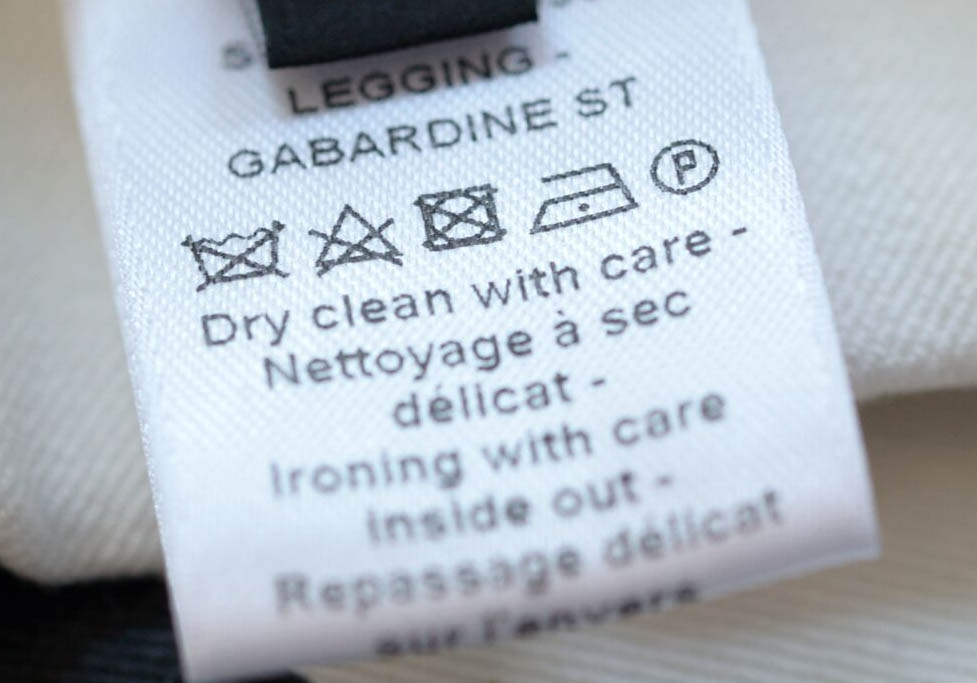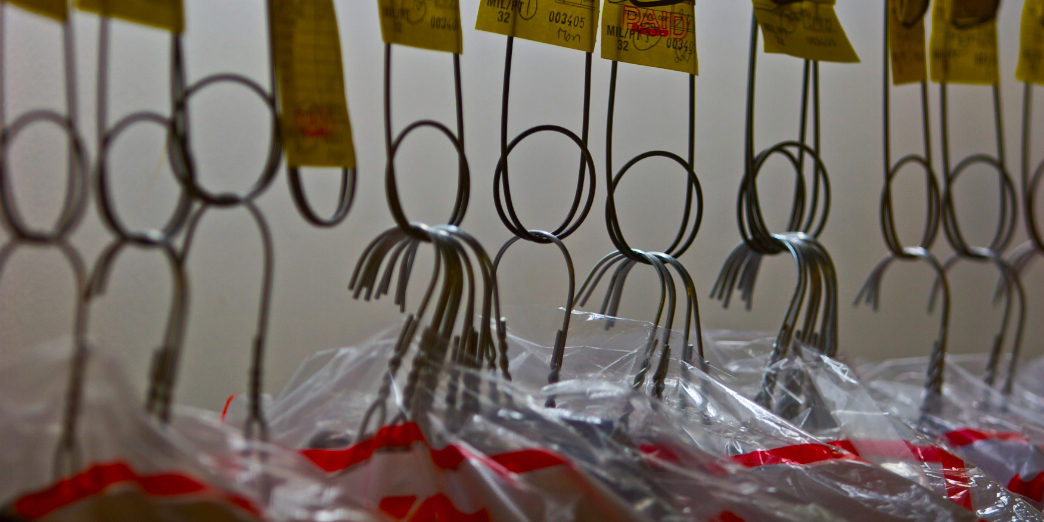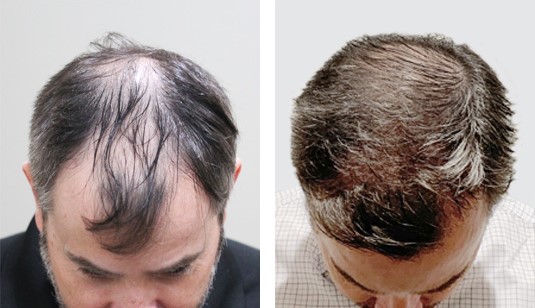Table of Content
Pay careful attention to the type of fabric that your garment is made of, because that will help you determine how you should proceed. Before you get washing, you need to check your garment's label and take note of the material. To create crisp collars, cuffs, pleats, or lapels, you'll need to use an iron.

In a clean sink or bucket, add cold water with your mild, unscented liquid soap. Stir your soap and water around several times with your hands to ensure everything is mixed evenly. Garments are then placed in large machines that run at just the right temperature to help loosen debris and stains. Then, everything gets filtered and drained, and new solvent is added, she explains.
Tips For Air Drying After Hand Washing
At the very least, a good steaming will extend the number of wearings you get between cleanings. It's chemical-free, kills most germs, and quashes odors. There's a right way to wash dry clean only clothing at home, so you can save time and money by doing it yourself. They’re more like “clothes refreshers.” They fill niche gaps for those that want to "freshen up" their non-washing-machine-friendly clothes without hauling everything to the dry cleaner.

Find out what material your coat is made out of by looking at the care tag. Continue reading the care label to get a detailed description of your coat’s fabric. You may need to check the backside of the tag to find this information. Note that certain types of coats, like down or faux fur, can be machine washed on a delicate cycle, while thicker materials like wool are better off hand washed. Wash your “dry clean only” clothes in cold water with a gentle yet heavy-duty detergent. This will keep your clothes looking like new and prevent them from getting stretched out.
What you’ll need to get started
For this reason, a manufacturer might advise you to dry clean the clothes only, and avoid the washer or hand washing like the plague. There are so many reasons why manufacturers decide to attach the “dry clean only” label on their clothing. In the end, you’ll learn the difference between “dry clean” and “dry clean only” tags and the options you have with the former. Home water heaters are often set to 120 degrees, but the temperature may drop before the water reaches the washing machine. "That is simply not hot enough to break down oil-based stains in your laundry," Boorstein says.
Professionals examine and assess clothes after tagging to check if there is any damage such as missing buttons and tears. Expect the item to be returned if the damage is too extensive. Get a small inconspicuous area of the cloth and dab it with a cotton swab moistened with water.
Hand washing “dry clean only” clothes: A quick rundown
Remove the coat and lay it on a flat surface to air-dry completely. Once the wash cycle ends, remove the mesh bag from the washing drum. Unzip or loosen the bag to grab your damp, freshly-washed coat. Next, arrange your garment onto a flat clothing rack, so the clothing item can dry fully and evenly over a day or so.
As such, it is always best to choose the shortest wash cycle. We're not suggesting that you take your cherished clothing for an unprotected spin in a hot dryer. But if your dryer has a steam refresh cycle, you should use it to perk up a lightly-soiled garment. It's not a true wash, but fine for stuff that's not really dirty.
Can you wash something that is dry clean only?
Without it, getting the creases sharp is a time-consuming nightmare. Polyamide, or nylon, is a synthetic fabric used to make such diverse-use clothing as stretchy yoga pants and Kevlar vests. Some garments made with nylon can be hand-washed, but if you’ve ever owned a pair of pantyhose, you know it’s risky. Your garment may stretch out, shrink up, or simply lose shape. Local dry cleaner, they are washed, much like you would wash them at home, and given a professional press.

Obviously, it was my own carelessness that led to the blazer's demise. But, believe it or not, most garments with a dry-clean-only tag can actually be washed at home—you just need the right technique. According to Richard Neale, director of the laundry and dry-cleaning consultant LTC & DTC, dry-clean labels are often just slapped onto garments as a precaution. One time I actually tossed a blazer into the washing machine, thinking a warm-water Delicates cycle would be gentle enough.
You’re going to fill that receptacle with water at the temperature at which you’d like to wash your clothes. If you wish, you can use a light steamer to remove any remaining wrinkles, Brown notes. And if you don't have a steamer, you can simply hang it in the bathroom while showering to help loosen up wrinkles.
It's not for every dry-cleanable item, but handwashing can work for some garments if you have the right laundry soap. For wool, for example, bypass harsher detergents and opt for soap flakes or a gentle wool and cashmere shampoo or wash and always air dry. Silks can be hand-washed with a tiny amount of gentle liquid laundry detergent in cold water. Air-dry on a flat drying rack or hang on a sturdy hanger to dry. Clothes labeled for dry cleaning require gentle treatment that the dryer typically can’t offer.
Keep in mind that home dry cleaning machines will not work as well as professional dry cleaning. They typically use steam to refresh you clothes between visits to the dry cleaner. Steam dryers alone can help freshen up your clothes by reducing wrinkles and odors without having to take them to the dry cleaners. If you have a steam dryer and would like to use a home dry cleaning kit, simply choose the non-steam setting (medium heat or perma-press, for example).

Since you don’t want to damage or fray any of the material in the machine, set the washer to a delicate or low-spin cycle. Washing your delicate clothing at home can seem intimidating, but taking care of a classic lace bra or a vintage chiffon blouse doesn’t have to be a chore. Whether you opt to handwash or machine wash, here are some helpful tips to keep your delicates looking like new. Hand wash delicate clothing using a mild detergent instead of the stuff you usually pour in your washer.

No comments:
Post a Comment